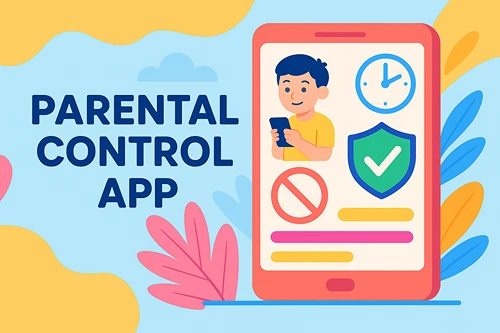5 Tips for Getting Your Child’s First Laptop
Parents often struggle to choose a laptop that supports schoolwork, creative development, and responsible internet use. A personal device can unlock educational opportunities and help children build digital skills early. To make a confident decision, follow a structured plan that addresses academic needs, usability, and online safety.
Choose a Laptop That Matches School Requirements
Before making a purchase, gather information about the academic tools required in the classroom. Many schools use cloud-based platforms such as Google Classroom or Microsoft 365, while others depend on installed programs for coding, art, or science. Match the operating system and hardware capabilities to the tools used in the curriculum.
Students who complete assignments using only browsers and word processors often perform well on entry-level Chromebooks. In contrast, children enrolled in specialized programs may benefit from devices with faster processors, larger screens, or additional storage. Always verify compatibility with teachers to avoid performance issues during homework or class projects.
Prioritize Durability and Portability for School-Age Use
Children frequently transport laptops between home, school, and extracurricular locations. You can go with a refurbished laptop instead of a new one for a durable device that can handle school days without breaking the bank.
Constant movement requires a rugged design that can withstand drops, spills, and long days without access to a charger. Select a model with a reinforced case, spill-resistant keyboard, and extended battery life to support full-day use.
Focus on Safety Features and Control Settings
Before introducing a laptop to your child, you must understand how to access and implement safety features. The internet contains helpful resources and learning platforms, but it also contains areas that parents and educators may prefer to block. Laptop safety features must include parental control dashboards, content filters, screen-time limits, and download restrictions. Systems such as Windows, ChromeOS, and macOS allow you to adjust these protections from the start.
Children completing assignments or exploring educational games may accidentally open unsafe or inappropriate sites. Laptop control settings provide tools to block unknown links and track activity. Before getting your child’s first laptop, evaluate whether the operating system supports parental involvement and customizable safety options.

Establish Technology Rules Before Use Begins
Ownership of a laptop introduces new responsibilities, especially for school-age children. Create a family agreement that outlines when, where, and how the laptop will be used. Include clear expectations about screen-time limits, update procedures, and appropriate communication with peers or adults.
Supervision remains essential, especially during the first months of ownership. Children must feel comfortable reporting confusing pop-ups, website redirects, or messages from unfamiliar users.
Include Your Child in the Decision-Making Process
Input from your child helps shape better decisions about usability and comfort. Ask for preferences between typing and touchscreen use, screen brightness, keyboard feel, or even laptop weight. In-store demonstrations give children a chance to test comfort levels before a final choice.
Parents preparing for a purchase should treat device selection as a conversation about digital responsibility. Involving your child in the decision is an essential part of getting your child’s first laptop. When a child feels included in the process, long-term use often becomes more thoughtful, intentional, and respectful of guidelines.
A laptop should serve as both a learning tool and a platform for responsible growth. Choose a model that fits academic programs, safety needs, and user experience. Early involvement, structure, and clarity help school-aged children build confidence as digital learners.




 Author bio: Cora Gold is the Editor-in-Chief of women’s lifestyle magazine,
Author bio: Cora Gold is the Editor-in-Chief of women’s lifestyle magazine, 



